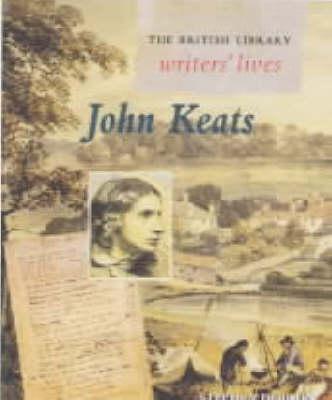John Keats died at an early age, leaving what have become some of the best-known English poems, such as "Ode to a Nightingale", "Ode to a Grecian Urn", "Ode to Melancholy" and "Ode to Autumn". In this biography of Keats, Stephen Hebron traces Keats' life and development as a poet, assessing his work in the context of the contemporary social and literary scene. After leaving school, Keats gained an apprenticeship to a surgeon and went on to qualify as an apothecary. But increasingly poetry dominated as his principal interest. He began to move in poetic and artistic circles, counting among his friends and acquaintances Leigh Hunt, Benjamin Haydon, Charles Lamb and Percy Bysshe Shelley and it was not long before his poetry was published regularly. Despite admiration of him by contemporary literary figures, reviewers were not as favourable and in his lifetime the majority of his poetry met with harsh criticism. Having lost his mother and brother to tuberculosis, Keats knew the signs of the illness when he too succumbed. Sent to Italy by his doctors to recuperate, he never returned, dying in Rome aged just 26.
His poetry inspired Tennyson and Browning, and the pre-Raphaelite painter ranked him on a par with Dante, Homer, Chaucer and Goethe. Today, Keats is recognised as one of the great poets of the Romantic age, confirmation of his own assertion " I think I shall be among the English Poets after my death".
- ISBN10 0712347259
- ISBN13 9780712347259
- Publish Date 15 October 2001 (first published July 1995)
- Publish Status Transferred
- Publish Country GB
- Publisher British Library Publishing
- Imprint The British Library Publishing Division
- Edition UK ed.
- Format Paperback
- Pages 128
- Language English
